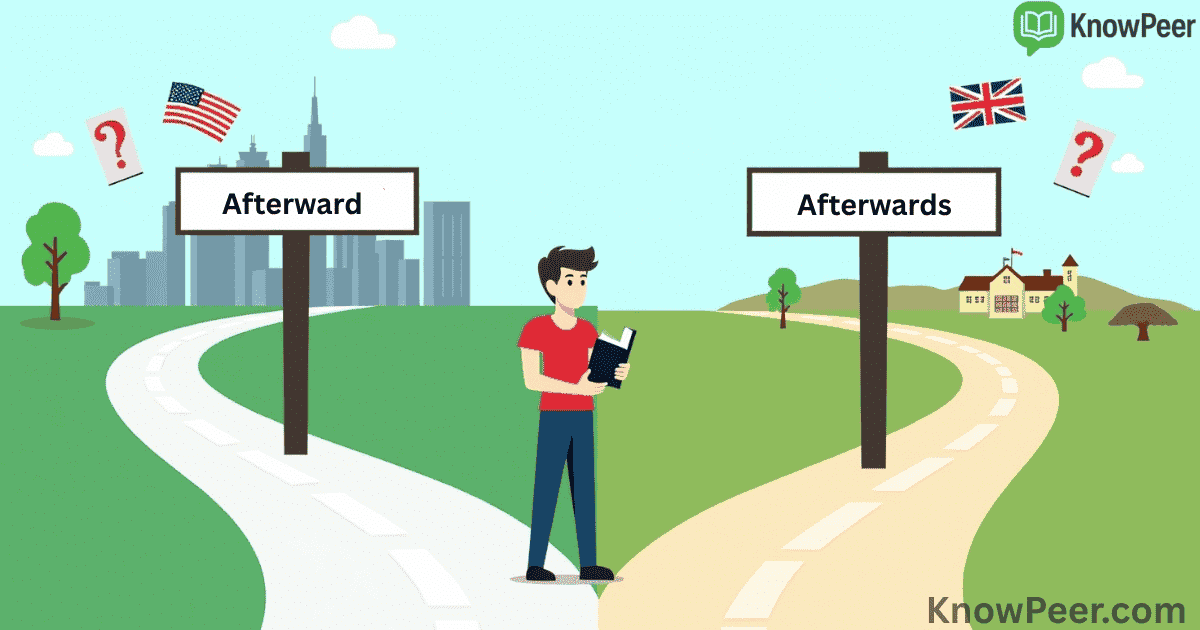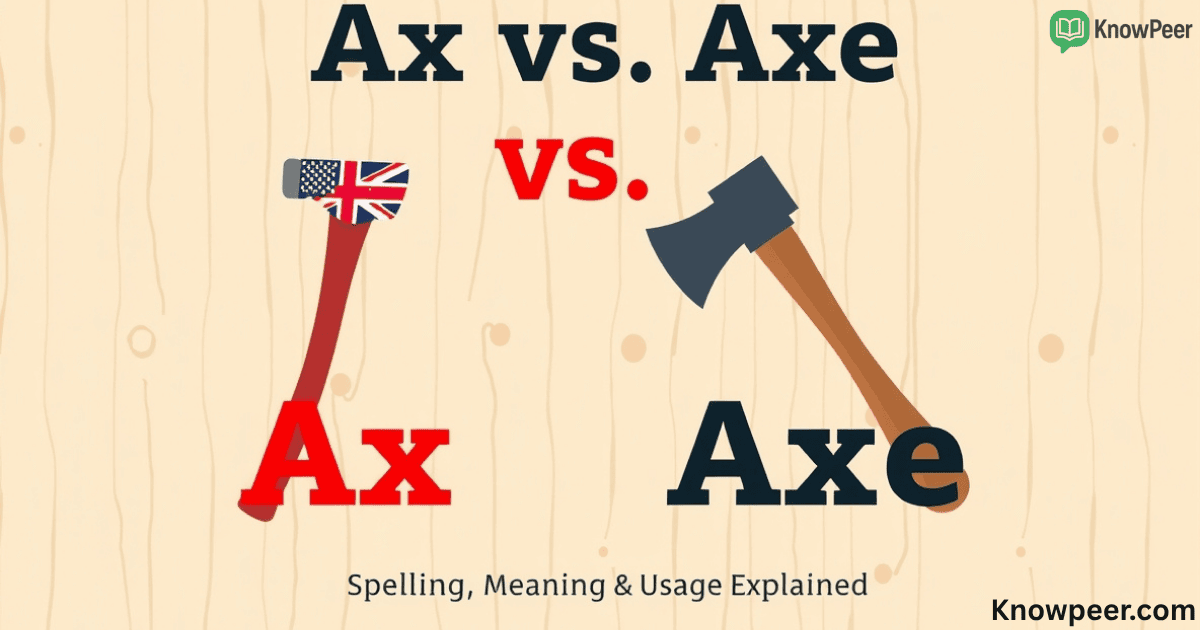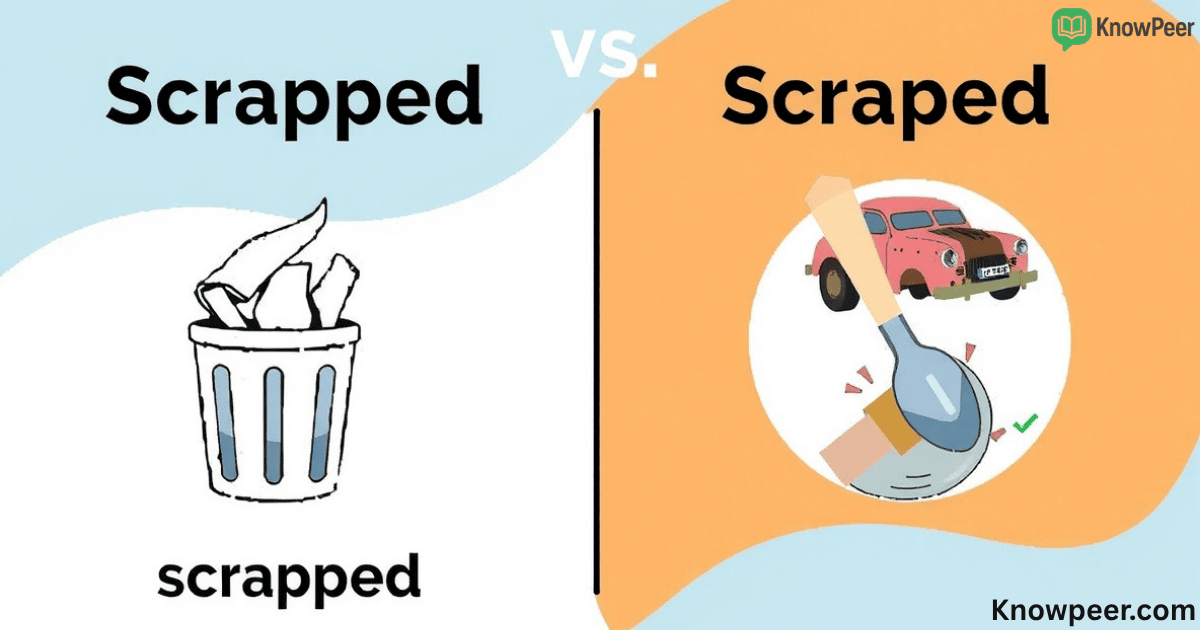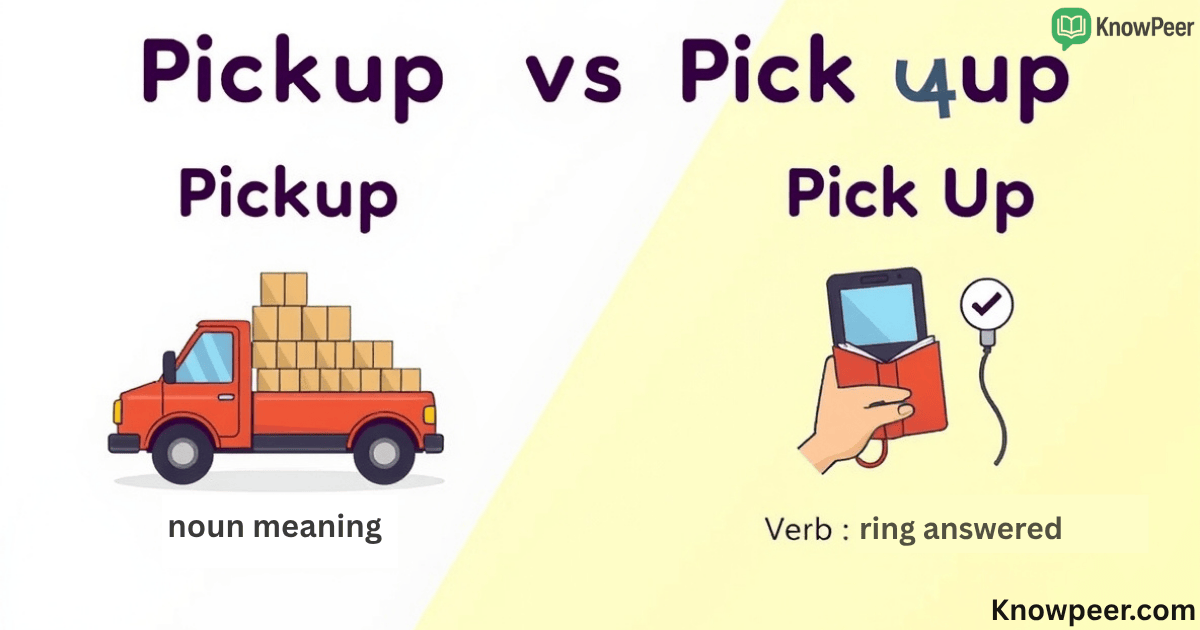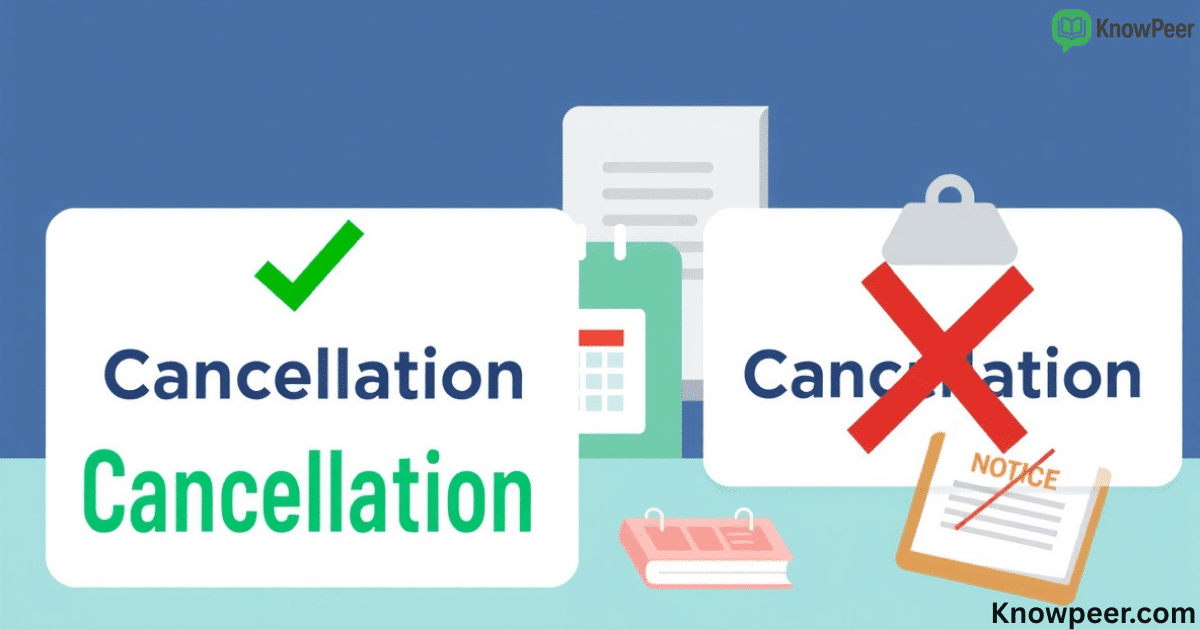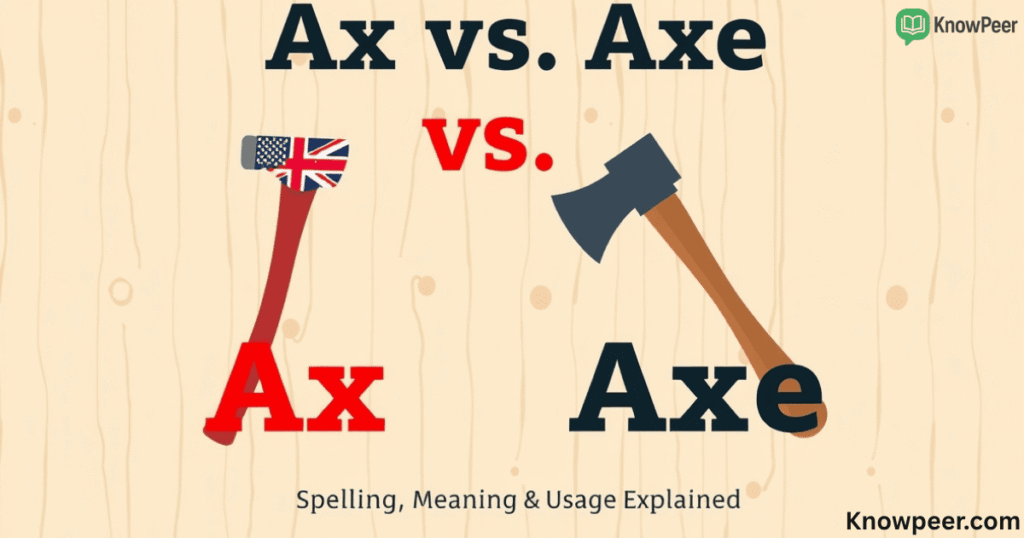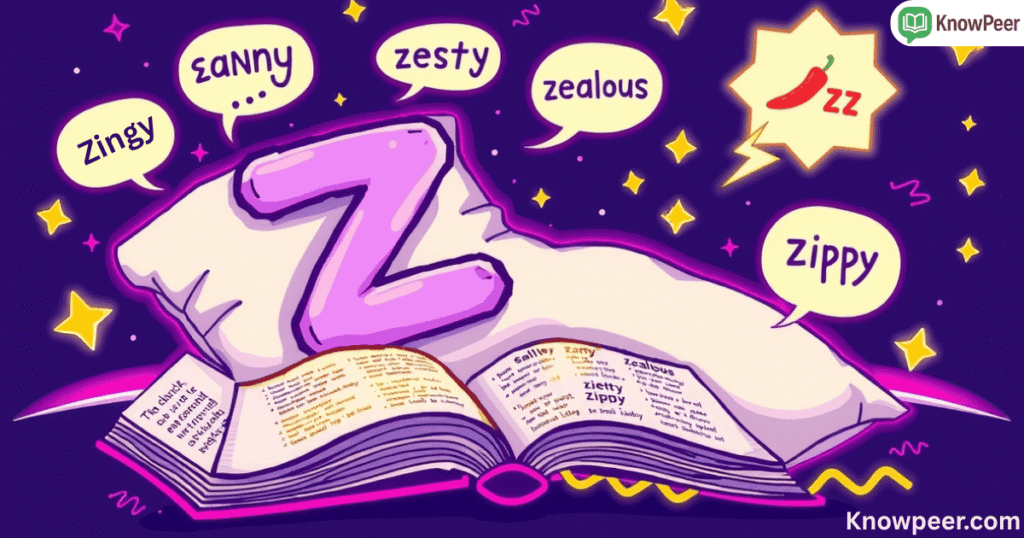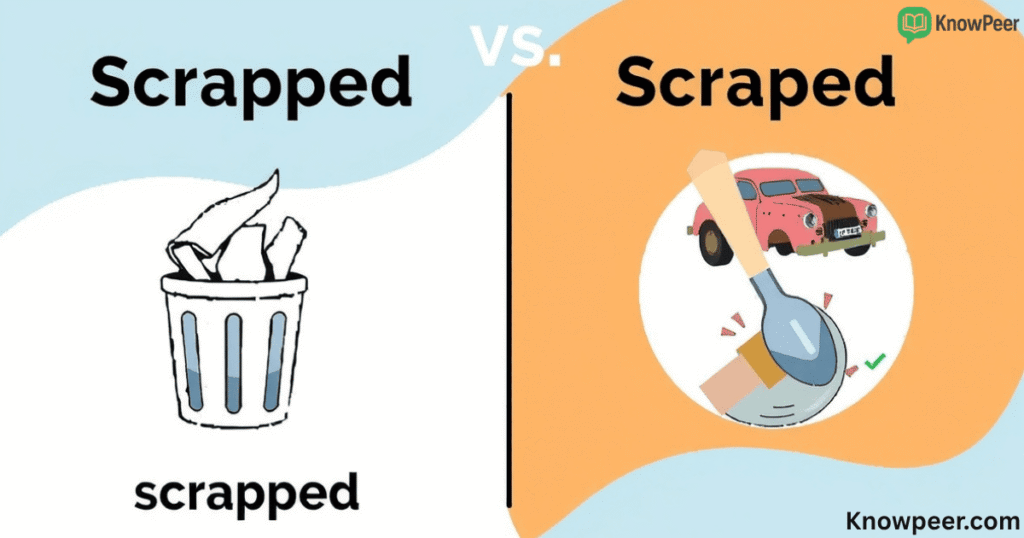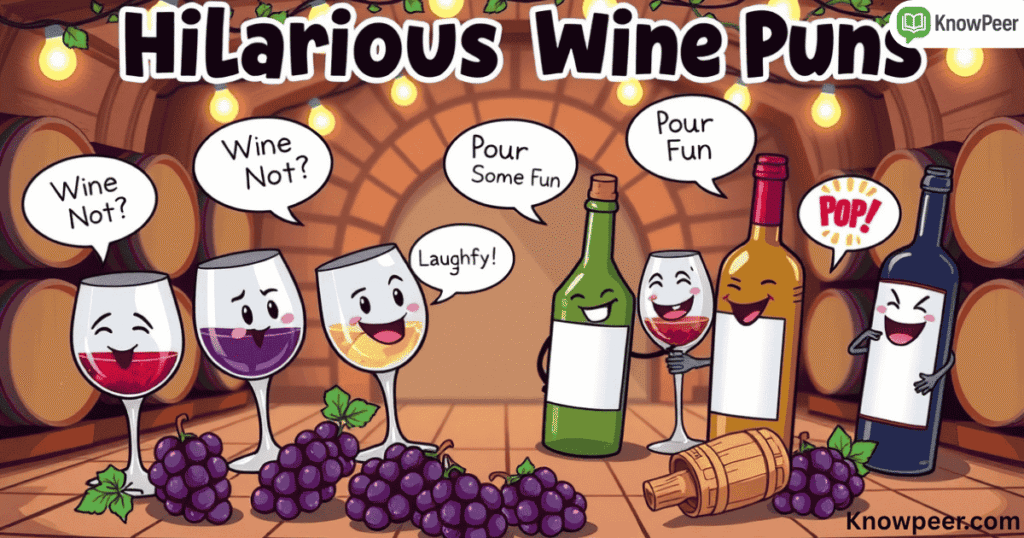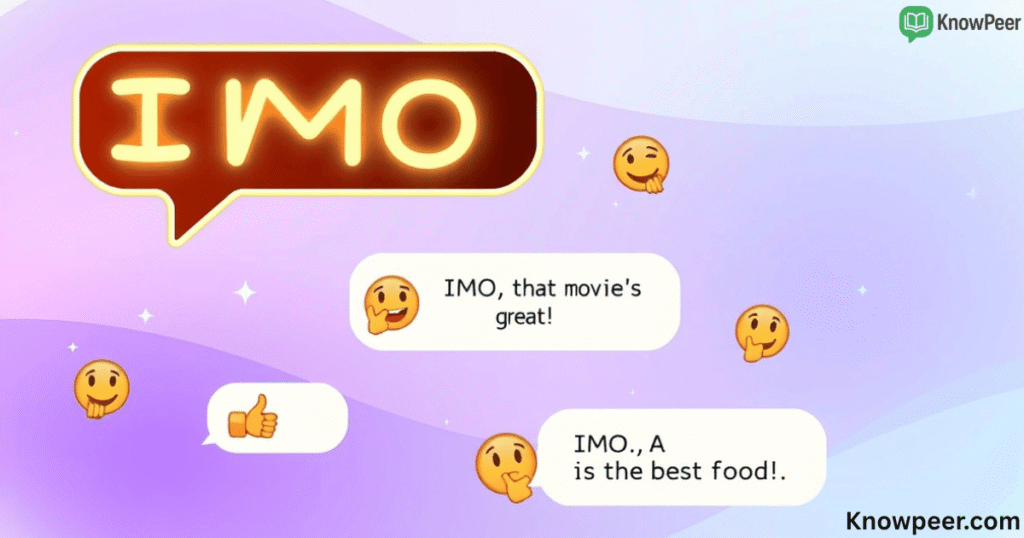Introduction: Why This Confusion Still Exists
Language is full of small differences that cause big confusion. One such case is the pair afterward and afterwards. They look similar, sound almost the same, and even share the same meaning Afterward vs Afterwards. Yet, choosing between them often leaves people scratching their heads. This confusion mainly comes from the split between American English and British English, each favoring one form over the other.
People learning English as a second language and even native speakers often wonder if there’s a rule. Should you write “We met afterward” or “We met afterwards”? Do both mean the same thing? Is one more formal? These are real questions that matter in writing emails, blogs, academic papers, and more. Let’s explore what makes them different—and what doesn’t.
The Real Difference Between “Afterward” and “Afterwards”
At first glance, “afterward” and “afterwards” look nearly identical. They both function as adverbs and are used to describe something happening at a later time. For example, you could say, “We went for ice cream afterward” or “We went for ice cream afterwards”—and both are perfectly correct. So, what’s the catch? The main difference lies not in their meaning, but in their regional usage.
In American English, “afterward” is the preferred spelling. It appears more frequently in U.S.-published books, academic writing, news outlets, and websites. American grammar and style guides like the AP Stylebook and Chicago Manual of Style favor this version. On the other hand, “afterwards” is more commonly found in British English and in countries that follow British conventions, such as Australia, India, and South Africa. British publications, schools, and even dictionaries tend to lean toward “afterwards” with the extra “s.”
This small spelling difference reflects a much bigger pattern in English—especially with adverbs ending in -ward or -wards. Think about words like toward/towards, forward/forwards, or backward/backwards. British English usually includes the “s,” while American English leaves it out. The key takeaway? There is no difference in meaning. Whether you choose “afterward” or “afterwards” depends on who you’re writing for and where they’re from. As long as you’re consistent and clear, you’re using the word correctly Afterward vs Afterwards. Knowing this small detail helps you write more confidently and tailor your language for your audience.
American vs British English: The Core of the Debate
The difference between “afterward” and “afterwards” is a perfect example of how American English and British English often take separate paths. Even though both versions of English share the same grammar rules and sentence structure, they sometimes favor different word endings. This is the main reason why the afterward vs afterwards confusion exists.
In the United States, the spelling “afterward” without the “s” is more common and widely accepted. It appears in most American newspapers, books, academic papers, and professional documents. If you’re writing for a U.S. audience or following American style guides like AP Style or The Chicago Manual of Style, then “afterward” is the better choice. It’s also the form used by major U.S. publications like The New York Times or The Wall Street Journal.
Across the pond in the United Kingdom, writers prefer “afterwards” with the “s.” This version is considered standard in British English and is commonly seen in publications such as The Guardian and BBC News. In countries that follow British English norms, including India, Australia, and South Africa, “afterwards” is the spelling you’re most likely to encounter.
Both forms are correct. What matters most is understanding your audience. If your readers are in the UK, use afterwards. If they’re in the US, go with afterward. Either way, your message will be clear.
The -ward vs -wards Pattern: A Larger Linguistic Trend
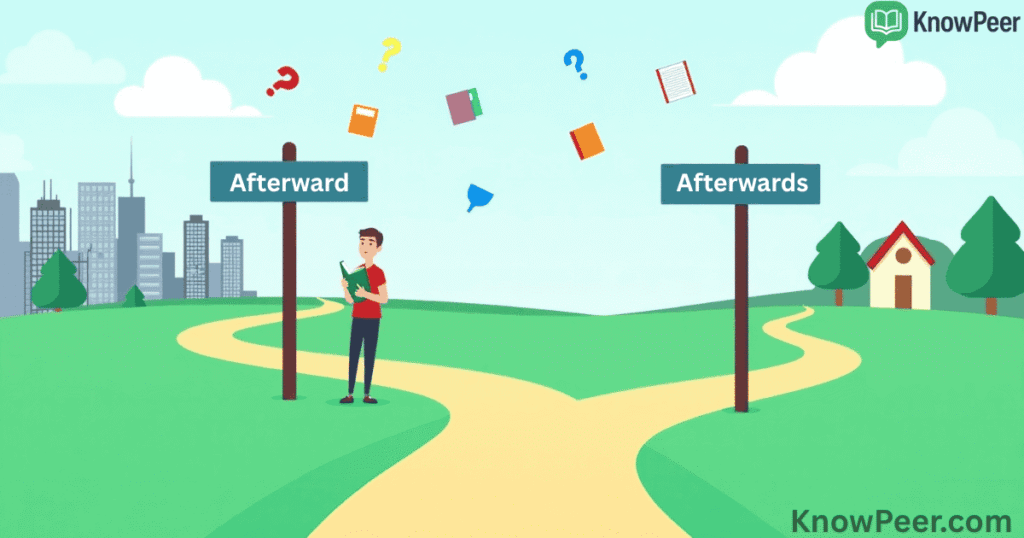
This difference isn’t unique to afterward and afterwards. It’s part of a broader pattern involving directional adverbs. For example, British English often uses towards, forwards, and backwards, while American English drops the final “s”: toward, forward, backward.
| Word Pair | American English | British English |
| Toward/Towards | Toward | Towards |
| Forward/Forwards | Forward | Forwards |
| Backward/Backwards | Backward | Backwards |
| Afterward/Afterwards | Afterward | Afterwards |
Understanding this pattern can help learners make better choices in formal writing. It also shows that English evolves differently depending on where it’s used.
What Style Guides Say (AP, Chicago, APA, Oxford, Merriam-Webster)
Major style guides play a big role in how we write. If you’re writing for a publication or academic setting, their rules matter. The AP Stylebook, used by journalists, recommends using afterward. The Chicago Manual of Style, common in books and scholarly works, also supports “afterward.”
However, dictionaries like Oxford English Dictionary and Cambridge Dictionary recognize both forms and label afterwards as British English. Merriam-Webster lists afterward as the preferred American spelling Afterward vs Afterwards. The APA Style Guide, used in psychology and social sciences, doesn’t take a strong stance but recommends consistency. Always check the guide that applies to your writing.
Practical Usage: When to Use “Afterward” or “Afterwards”
When it comes to choosing between “afterward” and “afterwards,” the most important factor is your audience. Both words have the same meaning, so it’s not about grammar—it’s about style and region. In American English, “afterward” is more common. In British English, “afterwards” is the usual choice. If you’re writing for a U.S. website, school, or business, stick with afterward. For readers in the UK or Commonwealth countries, use afterwards instead.
What really matters is consistency. Don’t switch between the two forms in the same piece. Choose one and use it throughout. If you’re not sure which form to pick, consider your location, your reader’s expectations, or simply refer to a style guide. Whether it’s afterward or afterwards, both are correct—you just need to choose based on your audience and tone.
Real-World Examples in Sentences (Side-by-Side)
Seeing both forms in context can clear up confusion quickly. Here’s a table showing real-world examples:
| Sentence Type | Using “Afterward” | Using “Afterwards” |
| Everyday Conversation | We went to dinner afterward. | We went to dinner afterwards. |
| Formal Email | The meeting will begin afterward. | The meeting will begin afterwards. |
| Academic Context | The test took place afterward. | The test took place afterwards. |
As shown, either version fits. The difference is in tone and target audience—not meaning.
Synonyms and Close Alternatives for Better Writing
Sometimes, you may want to avoid the word altogether. Maybe you’re repeating it too often. Here are some common synonyms and alternatives:
| Expression | Meaning |
| Later | A short time after |
| Subsequently | Following in time or order |
| Eventually | At some point later |
| In time | After a while |
| Thereafter | After that event |
| Next | Coming immediately afterward |
Using these alternatives helps vary your writing and can make your meaning clearer, especially in longer texts.
Etymology and Historical Development
The word afterward came into use in Middle English, around the 14th century. It evolved from Old English “æfterweard,” where “æfter” meant after and “weard” meant direction. It literally meant “in the direction of after.”
Afterwards appeared a little later and simply added the common -s ending seen in other British adverbs like forwards and towards. Over time, both stuck around, but each took root in different regions. American English favored the shorter form, and British English kept the traditional one.
Digital Influence: How Modern Tech Shapes Preference
In today’s digital world, technology shapes spelling choices more than ever. Most U.S.-based spell checkers default to afterward. Predictive text and mobile keyboards suggest this form because they follow American standards. This affects writers and ESL learners alike.
Search engines like Google also index based on frequency. A search for “afterward” might return more U.S.-focused results, while “afterwards” shows more UK content Afterward vs Afterwards. So, even in SEO, knowing which form to use can help reach the right audience online.
Global English Perspective: Beyond the UK and US

English is used all over the world, not just in the U.S. and UK. Countries like India, Pakistan, Australia, New Zealand, and South Africa each have unique blends of both British and American forms. Afterwards is still more common in many Commonwealth countries.
But globalization is changing this. Thanks to the internet, media, and international business, people now see and use both forms interchangeably. English learners especially face challenges here, as their teachers may use different regional standards Afterward vs Afterwards. ESL materials should clarify that both are correct, just different in preference.
Writing Tips: Making the Right Choice Every Time
If you’re not sure which form to use, follow these tips. First, think about your audience. If they’re in the U.S., use afterward. If they’re in the UK or other Commonwealth countries, afterwards works well. Second, stay consistent. Don’t mix the two forms in the same piece.
Third, check your style guide. For formal writing, use what’s recommended. Finally, look at your context. In storytelling or casual writing, either form is fine. But in legal, academic, or official documents, pick one and stick with it.
Conclusion
The debate between afterward and afterwards isn’t really a debate at all. Both are correct. Both mean the same thing. The only difference lies in regional preference and style choice. What matters most is knowing your audience, staying consistent, and writing clearly.
Whether you use the American “afterward” or the British “afterwards,” your message will be understood. And now that you know the facts, you can write with confidence, clarity, and purpose—every time.
Sources
Oxford English Dictionary
Merriam-Webster Dictionary
Chicago Manual of Style
